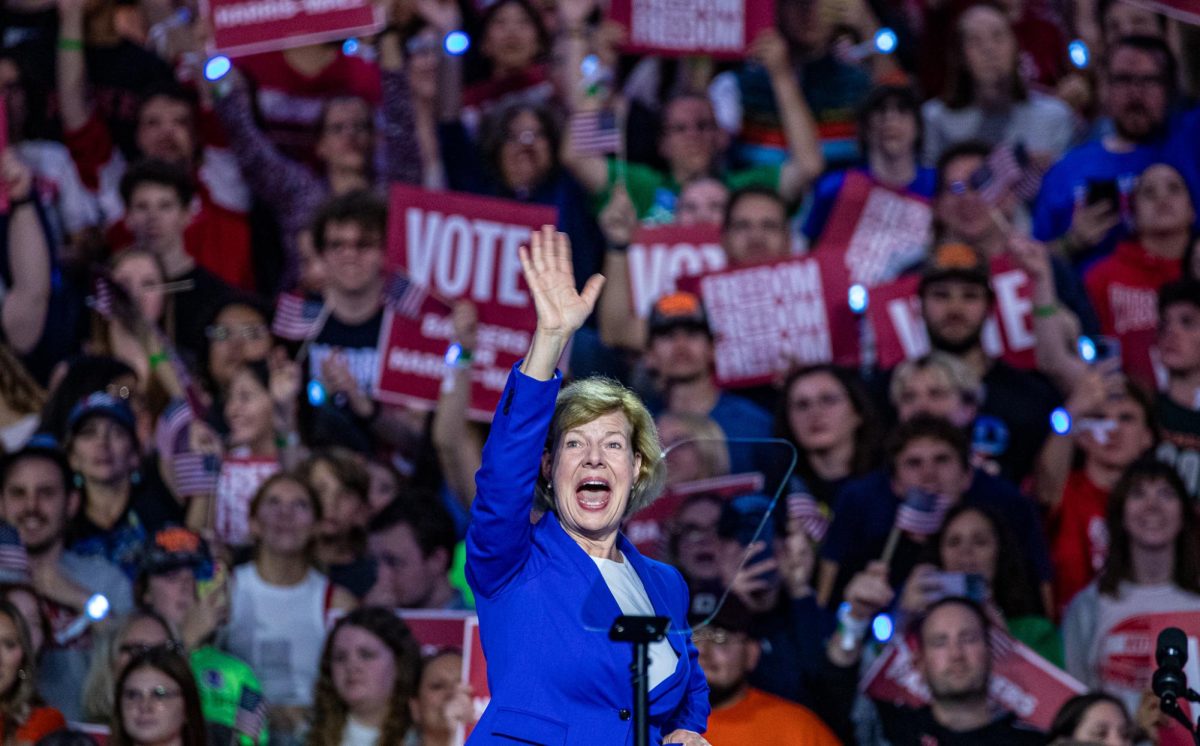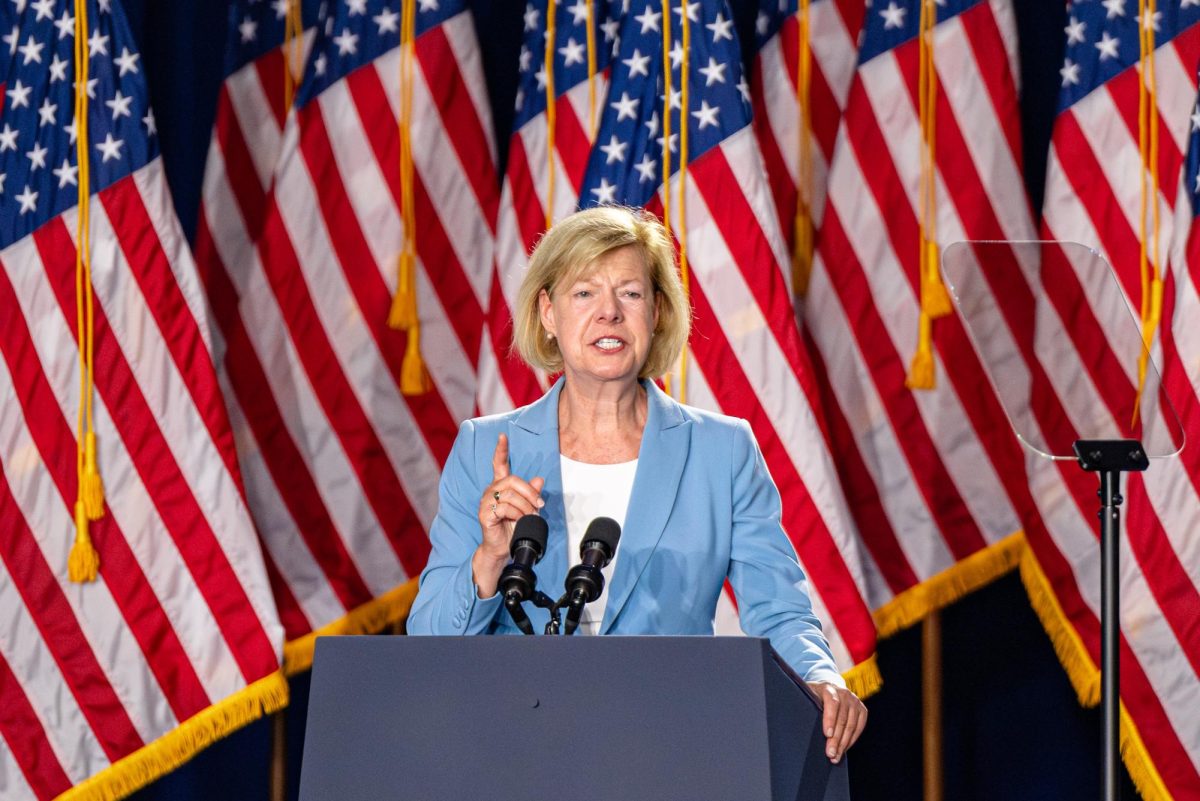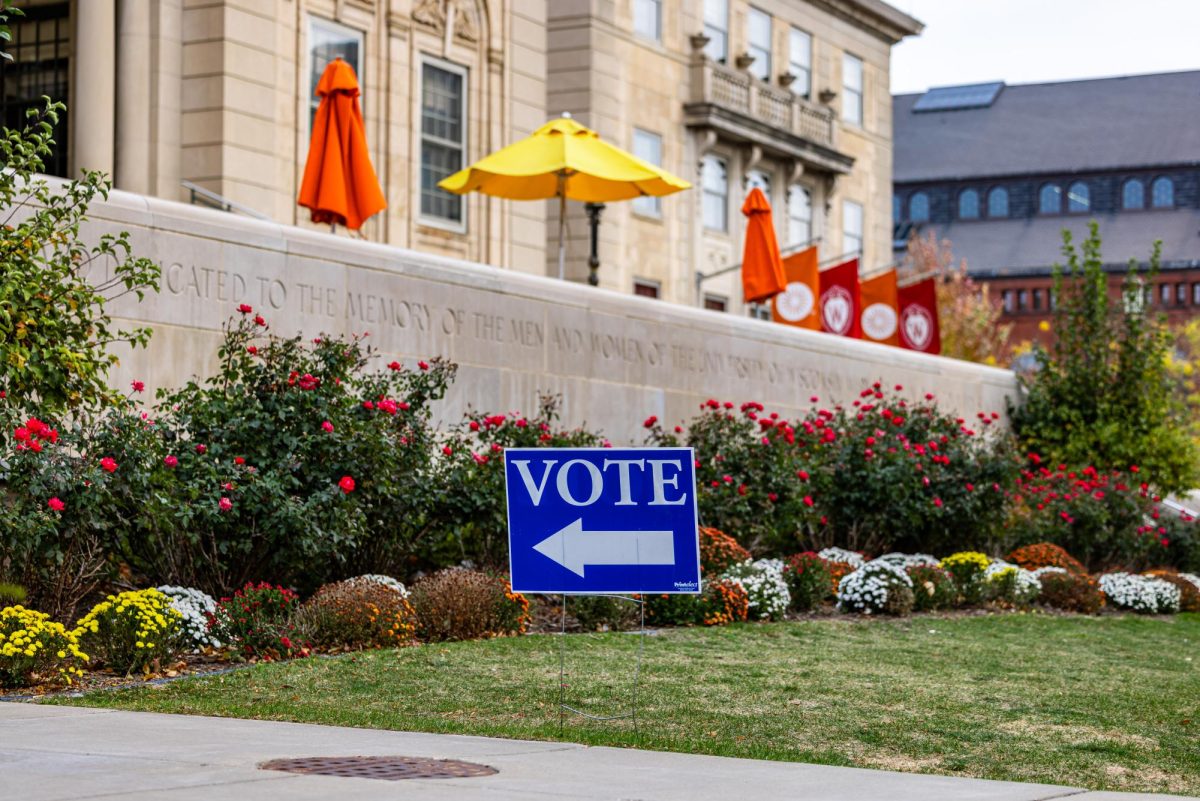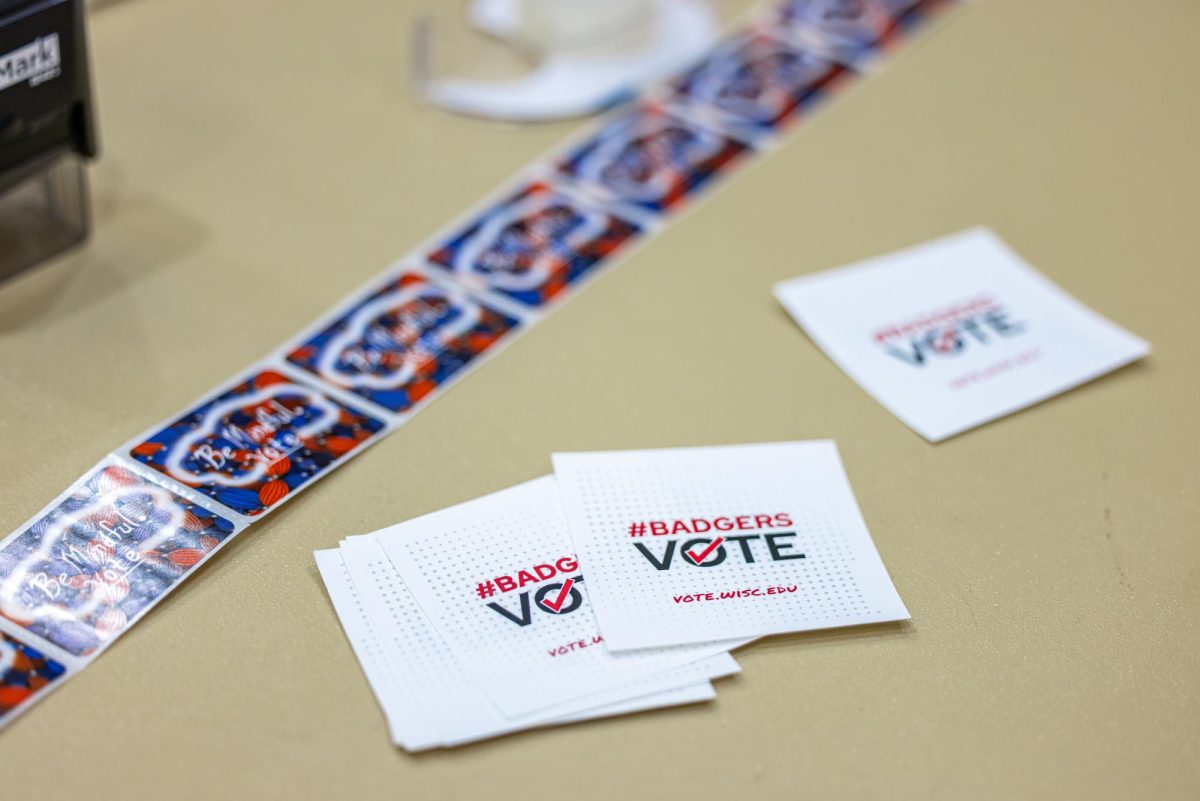Tobacco and nicotine use among minors in Madison has reached its highest margins since 2006, placing Dane County high in tobacco sales rankings statewide, according to data from the Wisconsin Department of Health Services.
Data collected by the state DHS found 19 percent of tobacco and nicotine products sales in 2016 were to minors, an 11 percent increase since 2010. Findings showed Madison ranked 24th for high sale rates to minors in 2016, Tobacco Free Colombia-Dane County Coalition spokesperson Nina Gregerson said.
“There is a lack of training on the clerk and manager side of retail,” Gregerson said. “Wisconsin state law inhibits the sale of tobaccos and nicotine products to individuals under the age of 18, however these rules are not being enforced.”
Gregerson conducts frequent inspections in Dane and Colombia counties in an effort to reinforce proper ID checking. Lack of proper retail identification procedures has contributed to the steady increase in youth smoking rates. Youth inspectors are sent into retailers and attempt to purchase tobacco or nicotine products, she said.
If the minor is denied, Gregerson brings the retailers a “thank you” card to reinforce the proper identification procedure. Dane County Public Health Department provides a 45 minute online training for tobacco retailers.
“If there is a violation, I try to promote retailers to conduct training [instead] of getting a ticket,” Gregerson said.
If found in violation, retailers are subjected to substantial fines. The first offense is $73 and the second is $690, Gregerson said. The online training is a simple solution to ensure retailers have the right information to sell tobacco and nicotine products and avoid getting fines.
Blowing smoke: City commission passes controversial tobacco regulation
In addition to regular cigarettes, e-cigarettes and e-juice are a source of growing concern. Though these products don’t contain tobacco, they contain nicotine, which is a highly addictive drug, Gregerson said.
“In 2016, e-cigs and e-juice are the products sold most to youth inspectors,” Gregerson said.
Doug Jorenby, a professor in University of Wisconsin’s department of medicine and public health and researcher for the University of Wisconsin Center for Tobacco Research and Intervention, said there is a growing national trend toward minors using e-cigarettes.
Traditionally, e-cigarettes have been used among long-term smokers as a tobacco replacement, Jorenby said. While e-cigs are considered lower risk than cigarettes, the long-term effects are inconclusive, Jorenby said.
“To say something is probably less harmful than cigarettes is not really saying a lot,” Jorenby said.
Recent studies have found that among adolescents who vape, a growing portion have never used tobacco products before. While this seems positive, Jorenby said most people vape to replace cigarettes but adolescents on the other hand are not vaping for the same reason. This is a “huge red flag” for public health officials, Jorenby said.
Gregerson said officials and organizations like Tobacco Free Colombia-Dane County Coalition are trying to conduct as much outreach as possible. Reinforcing proper identification procedures can significantly help retailers decrease the percentage of tobacco and nicotine products sold to minors in Madison.
“We want to make sure kids are not getting their hands on tobacco,” Gregerson said. “We want our communities to be healthy, vibrant and not addicted to nicotine.”














